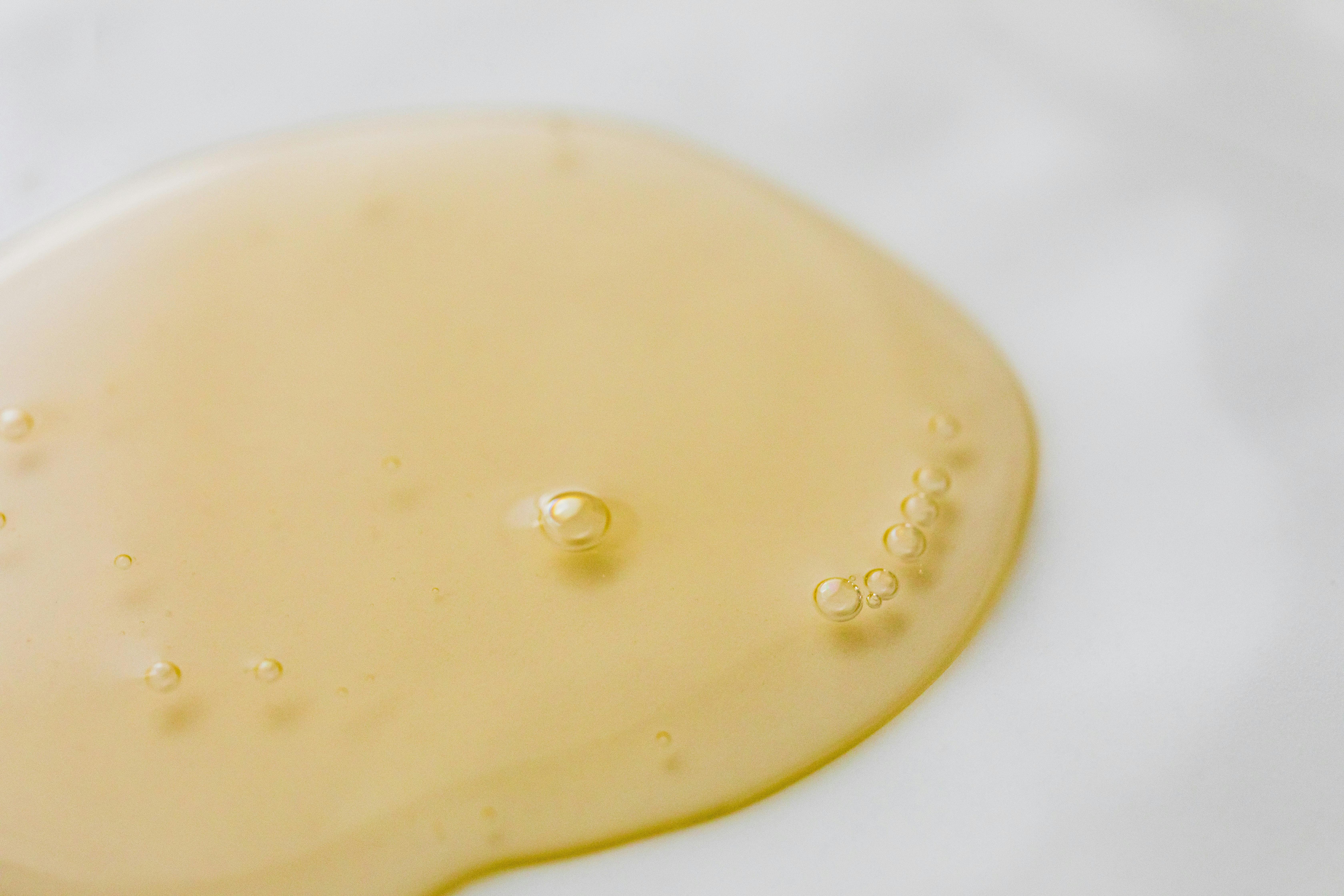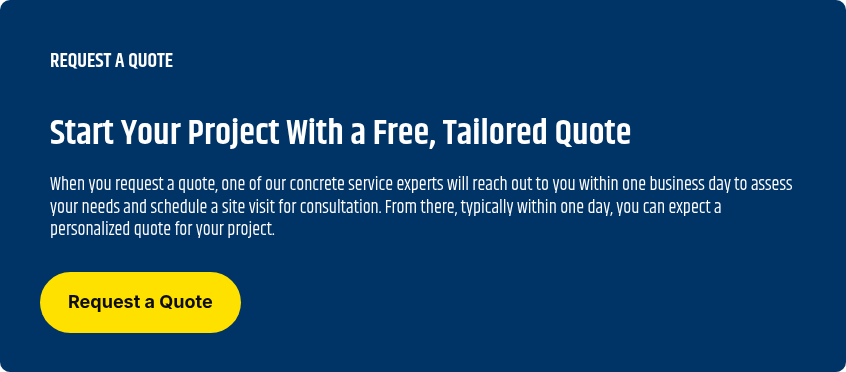
Bubbling floors can be a costly and frustrating issue for business owners and facility managers. Whether it’s an office space, warehouse, retail location, or manufacturing facility, bubbling in flooring—especially epoxy-coated surfaces—often signals a deeper problem that, if ignored, can lead to more widespread damage and safety risks.
If you've noticed bubbles in epoxy floor coatings, uneven textures, or blistering patches on your commercial floors, addressing the issue quickly is essential. CustomCrete has helped hundreds of businesses in the Chicago area tackle these exact issues with tailored epoxy repair and resurfacing solutions that last. This guide will walk you through what causes bubbling floors, how to fix them, and what steps you can take to prevent future issues.
What Causes Bubbles in Epoxy Floors?
Understanding the source of the problem is the first step toward a lasting solution. Bubbles in epoxy floor systems can occur for a variety of reasons, most of which involve surface preparation, environmental conditions, or application errors.
1. Moisture Vapor Transmission
One of the most common causes of bubbles in epoxy floors is moisture vapor rising from the concrete substrate. When water vapor pushes up from the slab, it disrupts the bond between the floor and the epoxy, creating blisters or bubbles. This is especially common in facilities without a proper moisture vapor barrier.
2. Air Entrapment
During the mixing or application process, trapped air can create bubbles that rise to the surface as the epoxy cures. Poor mixing techniques or using rollers that introduce too much air can contribute to this problem.
3. Temperature or Humidity Fluctuations
Applying epoxy in extreme conditions—too hot, too cold, or too humid—can cause outgassing from the concrete. As the epoxy cures, these gases form bubbles that get trapped below the surface.
4. Contaminated or Poorly Prepared Surface
Dirt, oils, dust, or residual moisture on the concrete surface can prevent proper adhesion and cause localized bubbling. Inadequate surface prep is often the root cause in these situations.
Why Bubbling Floors Are a Problem
Bubbles in epoxy floors are not just cosmetic flaws. They can weaken the overall integrity of the coating, allow moisture intrusion, and create tripping hazards. In high-traffic environments, even small imperfections can lead to floor failure and costly repairs down the road. Worse, ignored bubbling may lead to large-scale delamination or peeling, requiring complete resurfacing.
How to Fix Bubbling Floors
Fixing bubbles in epoxy floors depends on the severity and extent of the damage. Here’s a general approach for addressing the issue:
1. Evaluate the Affected Area
Inspect the flooring to determine if the bubbling is isolated or widespread. Small, isolated bubbles may be resolved with simple patching, while extensive issues may require full removal and reapplication.
2. Test for Moisture
Before any repair begins, conduct a moisture test to check for vapor transmission from the concrete slab. This step helps determine whether a moisture barrier or different coating system is necessary. Depending on the results, we can also install a floor that is unaffected by moisture vapor barriers, such as urethane cement or polished concrete—both of which perform reliably even in high-moisture environments.
3. Remove the Damaged Epoxy
Mechanically grind or sand down the bubbled sections to expose the underlying concrete. This allows for a clean, solid surface for reapplication and prevents old issues from compromising the new coating.
4. Prepare the Surface
Thoroughly clean, degrease, and dry the area. Use a moisture barrier if necessary and ensure the surface is properly profiled to accept a new coating.
5. Reapply the Epoxy Coating
Apply the epoxy carefully, using proper mixing and installation techniques to minimize air entrapment. Maintain recommended temperature and humidity levels to reduce the risk of outgassing.
6. Cure and Inspect
Allow the floor to cure fully before resuming use. Inspect for any early signs of bubbling or adhesion failure.
How to Prevent Future Bubbles in Epoxy Floors
Preventing bubbles is often easier than repairing them. Here are several best practices to avoid bubbles in epoxy coatings:
Use a Moisture Vapor Barrier
Installing a high-quality vapor barrier before applying epoxy is one of the most effective ways to protect against bubbling caused by moisture transmission.
Control Application Conditions
Always apply epoxy at the manufacturer’s recommended temperature and humidity range. Avoid installing during extreme weather or in poorly ventilated areas.
Ensure Proper Mixing
Mix the epoxy components slowly and thoroughly to prevent introducing air. Use equipment that minimizes air entrapment and avoid mixing near moisture sources.
Prepare the Concrete Properly
Surface prep is critical. Ensure the concrete is clean, dry, and profiled according to product specifications. Remove any contaminants that might interfere with bonding.
Work with an Experienced Flooring Contractor
Incorrect application is a leading cause of epoxy floor bubbles. Partnering with a flooring expert can help ensure proper material selection, surface preparation, and application techniques are followed to avoid bubbling issues.
CustomCrete’s Experience with Bubbled Epoxy Floors
At CustomCrete, we’ve worked with countless commercial clients across Chicago who’ve experienced bubbling or other epoxy flooring failures. Our team knows how to properly assess vapor transmission, prepare concrete substrates, and install epoxy systems that last. Whether you’re dealing with early signs of bubbling or need a full-floor restoration, we offer customized solutions designed to meet your facility’s specific demands.
Final Thoughts
Bubbles in epoxy floor coatings are a sign that something’s not right—but with the right approach, the problem is entirely fixable. By identifying the cause, repairing the damaged areas, and implementing preventive measures, you can extend the life of your flooring and avoid recurring issues.
If your business is experiencing bubbling, blistering, or uneven epoxy floors, don’t wait until the damage gets worse. Request a quote with CustomCrete to schedule an assessment and get your floors back on track.
